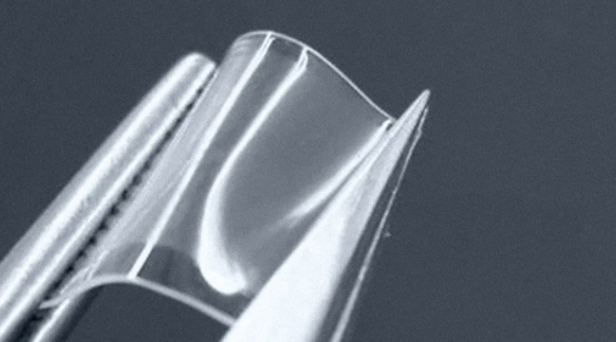Wearable Patch: A Cure For Melanoma
- icshealthsciencejournal

- Jun 28, 2020
- 2 min read
Wearable Patch: A Cure For Melanoma
Written By: Nayada Deevisetpunt
June 28, 2020
The American Cancer Society (ACS) has predicted that around 100,350 new cases of melanoma, a type of skin cancer that develops when melanocytes, cells that give the skin its brown or tan color, start to grow out of control, will become diagnosed in the U.S. by the end of 2020. This type of skin cancer makes up even more fatalities than other types of skin cancer do. In fact, according to the ACS, it has been anticipated that there would be 6,850 deaths due to melanoma this year.
Recent advances of topical chemotherapy for melanoma — medication in the form of a cream — allow for more effective postsurgical treatment options compared to standard chemotherapy. These advances also reduce toxicity and side effects; however, these therapies are microneedle-based and can be very painful. Until recently, a study from researchers at Purdue University, in Lafayette, published a journal called ACS Nano with aims to provide a solution. In this study, the researchers have designed a painless patch that provides a topical treatment for melanoma. Chi Hwan Lee, an assistant professor of biomedical engineering at Purdue, mentioned, “We developed a novel wearable patch with fully miniaturized needles, enabling unobtrusive drug delivery through the skin for the management of skin cancers.”
It is certain that the microneedles used in topical chemotherapy are tiny, but they are still big enough to cause pain. This remains a problem; for instance, the treatment of melanoma of the eye (ocular melanoma) could be very sensitive to the cornea. However, the new patch is a flexible and water-soluble film that could quickly dissolve after placing specially designed silicon nanoneedles into the skin. These nanoneedles are harmless to living tissue and are absorbed by the body after delivering the timed-release medication. “Uniquely, this patch is fully dissolvable by body fluids in a programmable manner, such that the patch substrate is dissolved within 1 minute after the introduction of needles into the skin, followed by gradual dissolution of the silicon needles inside the tissues within several months,” explains Professor Lee.
This technology is unique since the team used extremely small silicon nanoneedles with sharpened tips that allow them to easily penetrate into the skin in a painless manner. In fact, the needles’ capacity is comparable to those of the larger microneedles currently used for topical chemotherapy.
Interestingly, Professor Lee recalls that the reason he decided to look for a better way to deliver topical chemotherapy is due to his daughter’s fear of needles during vaccination







Comments